An electron is seen as being analogous to the movement of a spinning top. When a spinning top goes out of its spin cycle, it falls into chaos in the same way an electron in a quantum position is governed by its spin. The series draws from the analogy of the axis of a spinning top that creates a cloud of points that disappear and reappear based on the probability data from Professor Andrea Morello’s lab at the University of New South Wales, developed by PhD students Serwan Asaad and Vincent Mourik. In Thomas’s digital artwork, a sorting algorithm developed in collaboration with artist Jan Andruszkiewicz in 2019, utilises speculative quantum data to transform a photographic image. In the artwork, data affects the materiality of photographic images of felt fibres, referencing Gilles Deleuze’s and Felix Guattari’s concept of smooth and striated space. The smooth space of felt is not woven, knitted, knotted, intertwined or laced. It is not a striated space where the woven fabric measures the boundary of the body’s movement in space. It has its own integrity; its tensile strength is born of chaos. The material becomes a second skin between the body and the world.
‘Felt is a supple, solid product that proceeds altogether differently, as an anti-fabric. It implies no separation of threads, no intertwining, only an entanglement of fibres obtained by fulling (by rolling the block of fibres back and forth). What becomes entangled are the microscales of the fibres. An aggregate of intrication of this kind is in no way homogeneous is nevertheless smooth, and contrasts point by point with the space of fabric (it is in principle infinite, open, and unlimited in every direction; it has neither top nor bottom nor center; it does not assign fixed and mobile elements but rather distributes a continuous variation).’ (Deleuze and Guattari 1987)
This fibrous character becomes reconfigured by the speculative quantum chaos data using a sorting algorithm to reposition every pixel in the photograph of felt fibres. The program when executed randomly selects one of ten images and Husimi quasi-probability distribution data a text file from 223,966 samples—transforming by rearranging in real-time the digital photographic images’ fibrous character of felt. An accretion of animated motion evolves over time as the fibrous image is sorted from its classical chaos to one born out of quantum chaos. Each sort of the data weaves a series of linear transformations of the felt fibres to reveal new patterns that correspond to a probability of meaning: chaos begetting chaos as an ongoing, entangled real-time process visualising a liminal space between worlds.
The series builds on this history of making the invisible visible by taking the information gathered from scientific experimentation and speculation. Thomas’s artwork translates his internalisation of these speculations into aesthetic visual sensations.
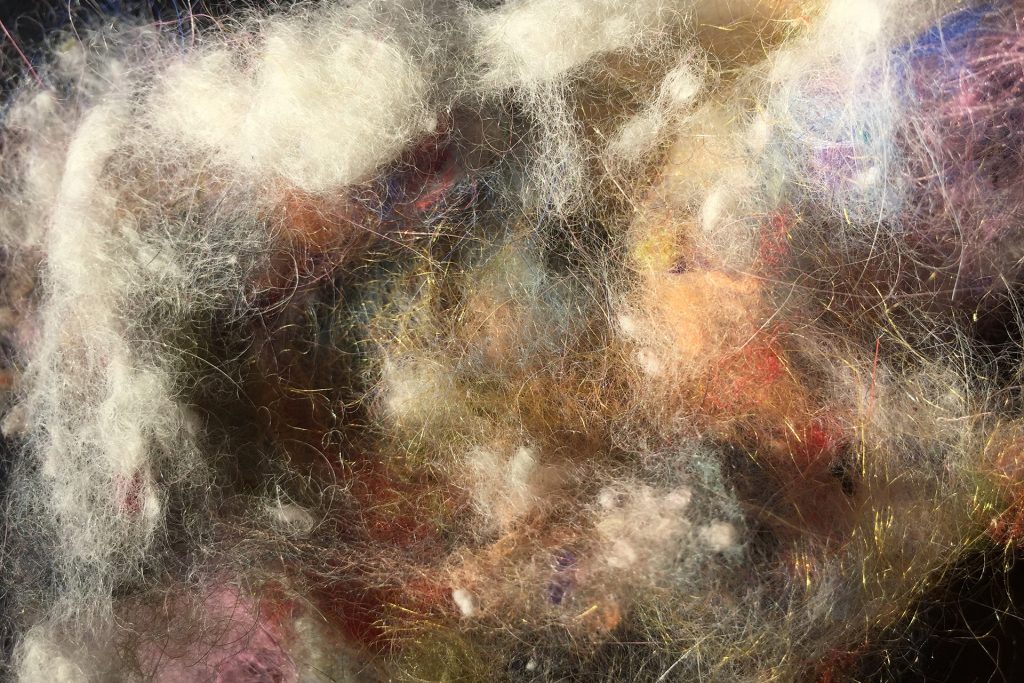
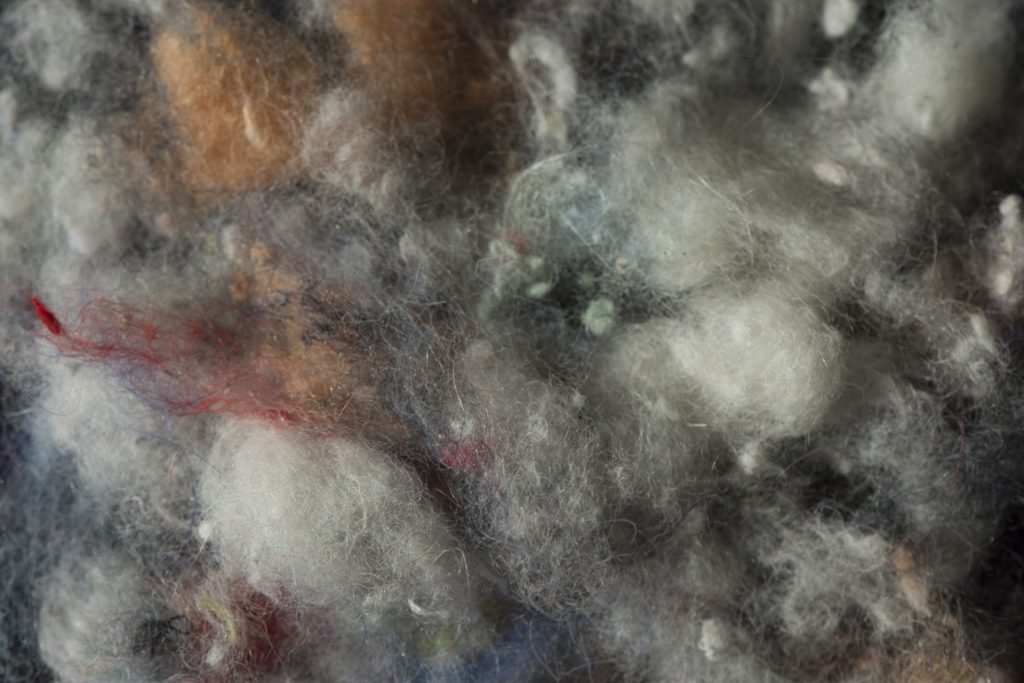

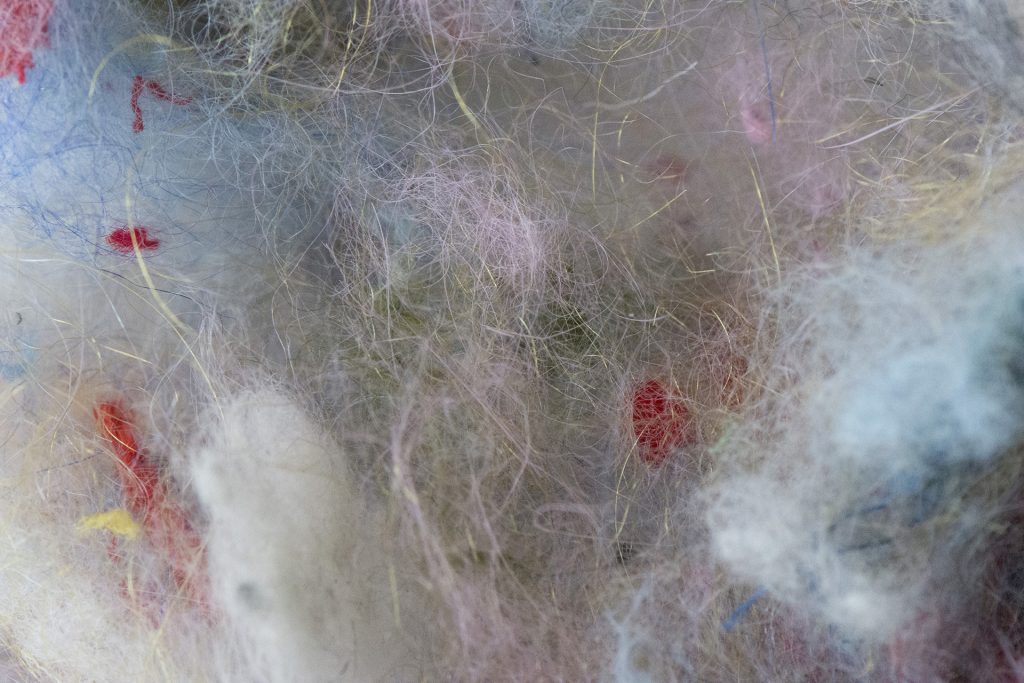

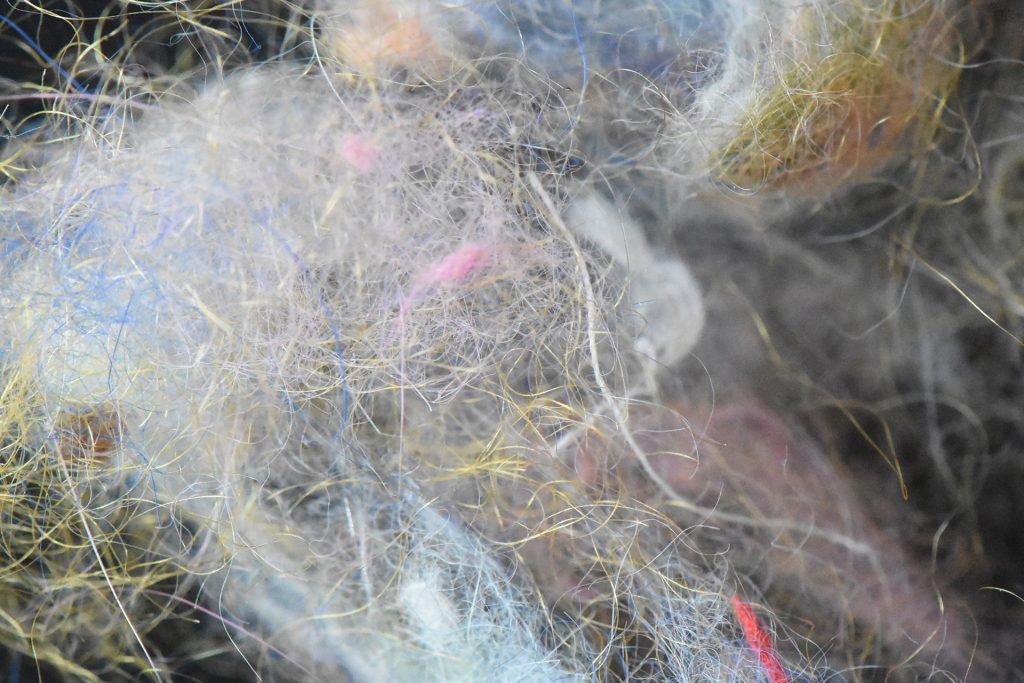
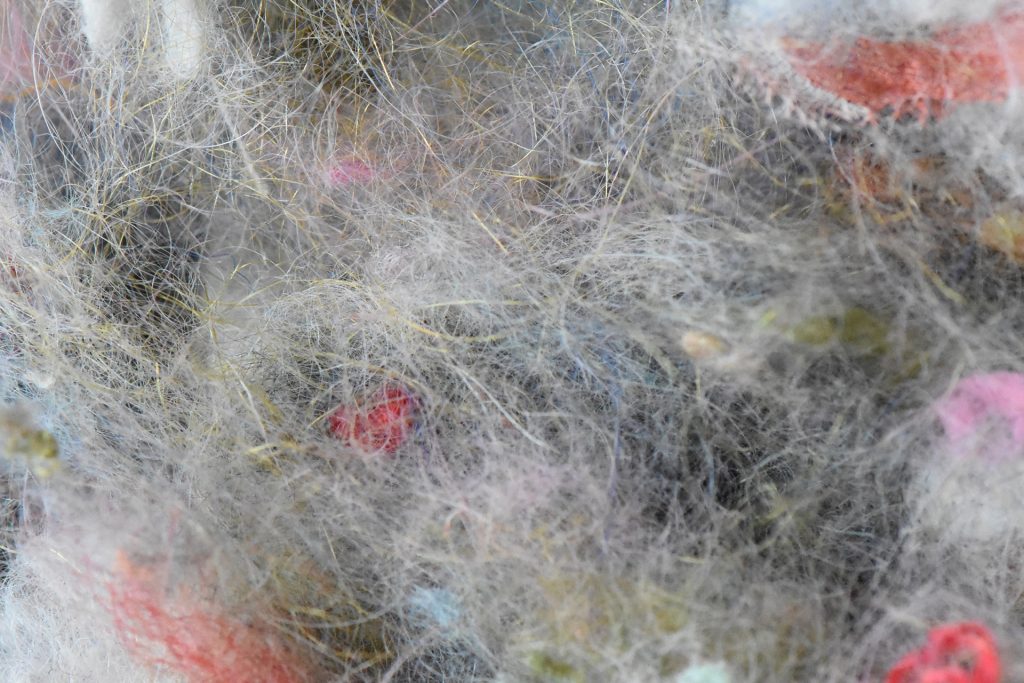
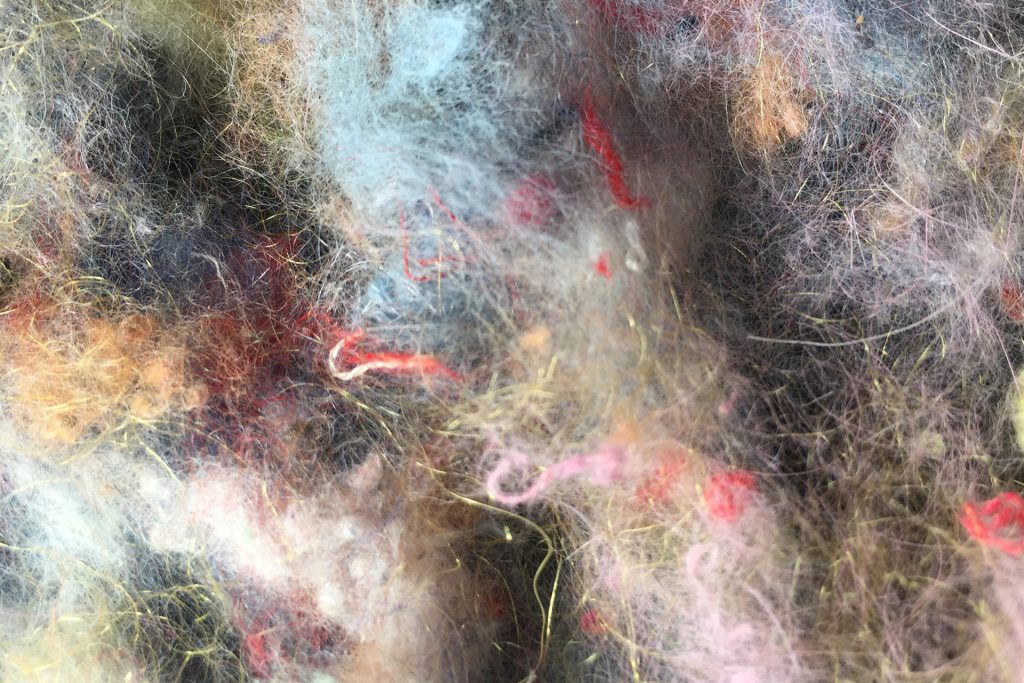
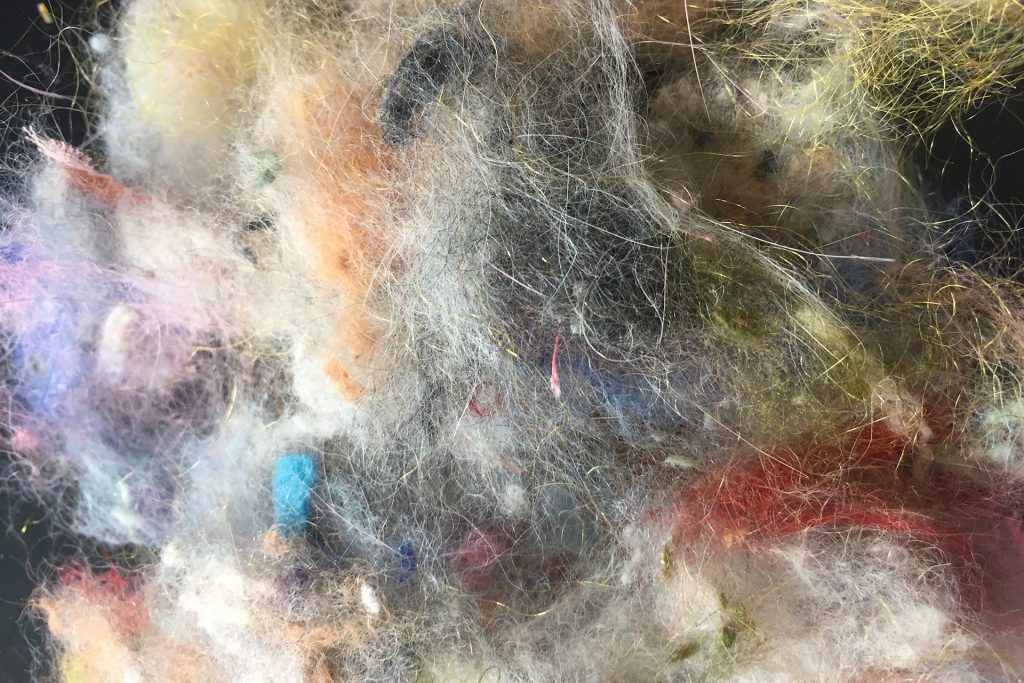
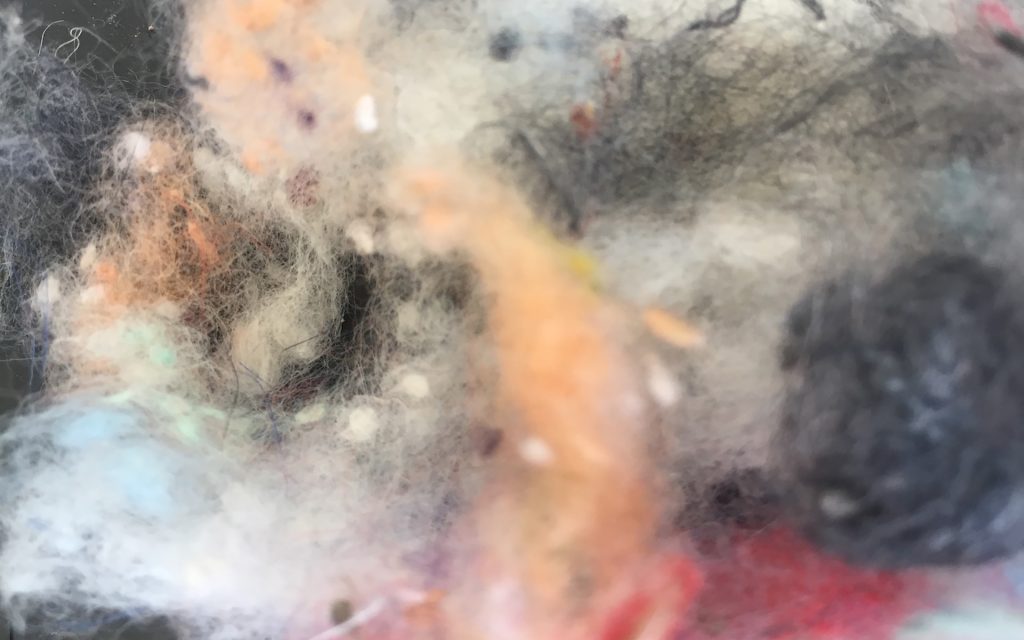
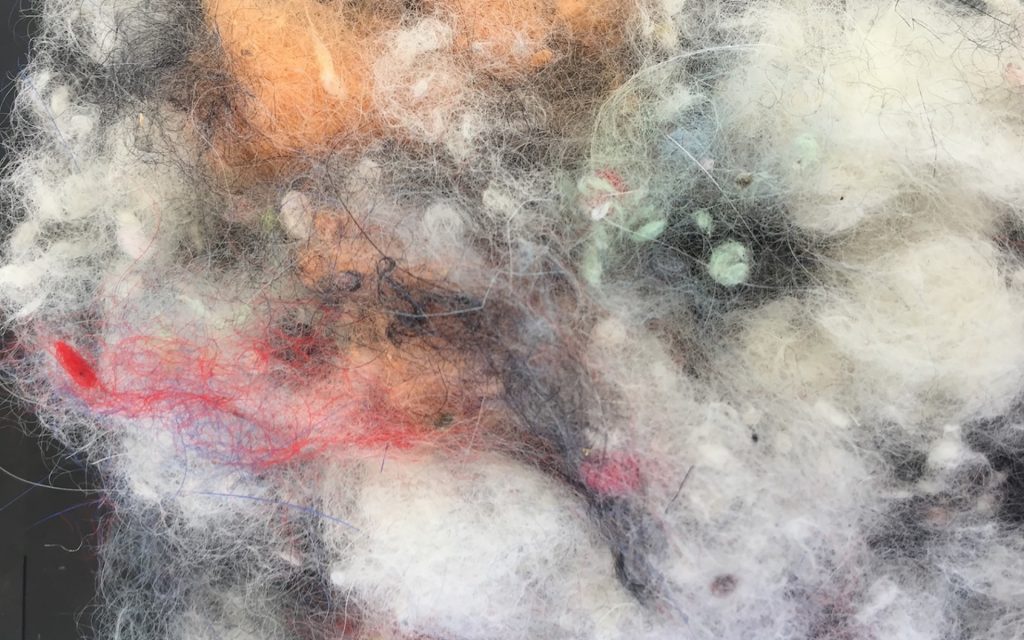
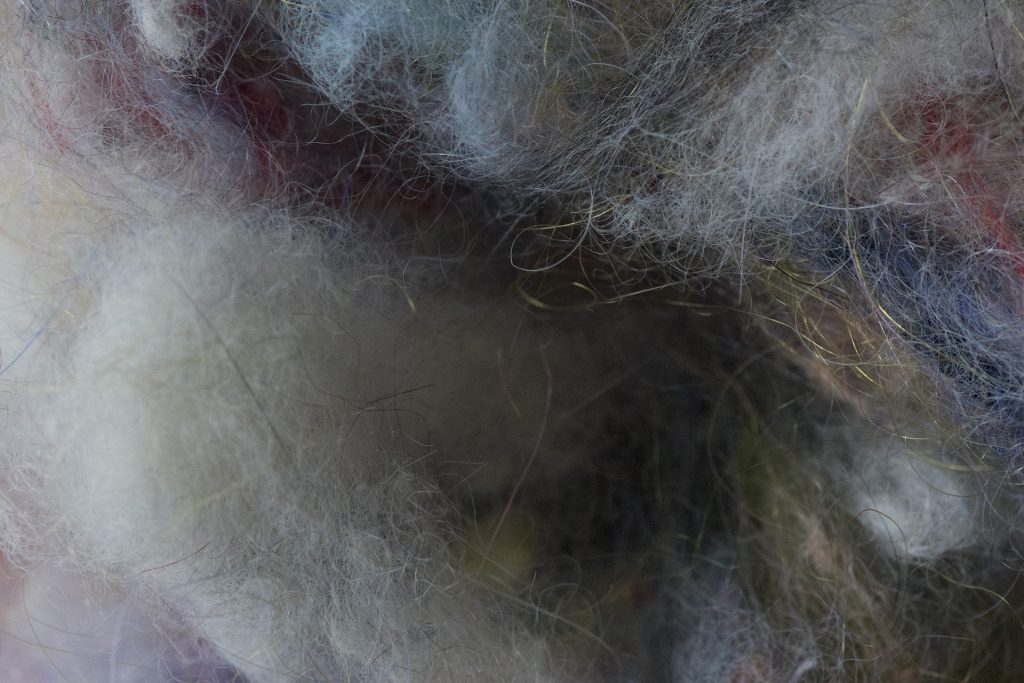
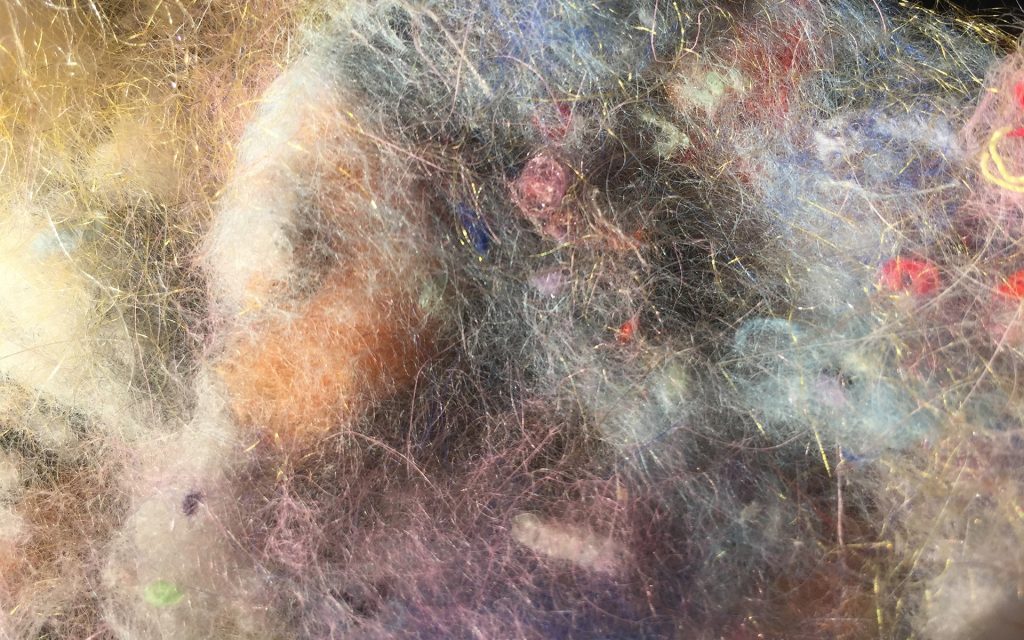
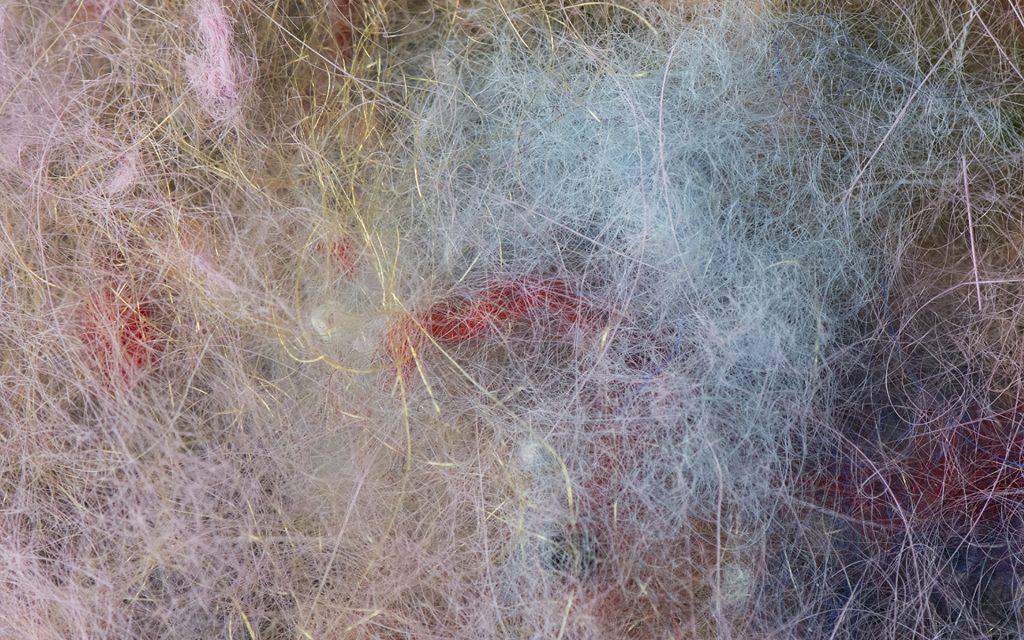
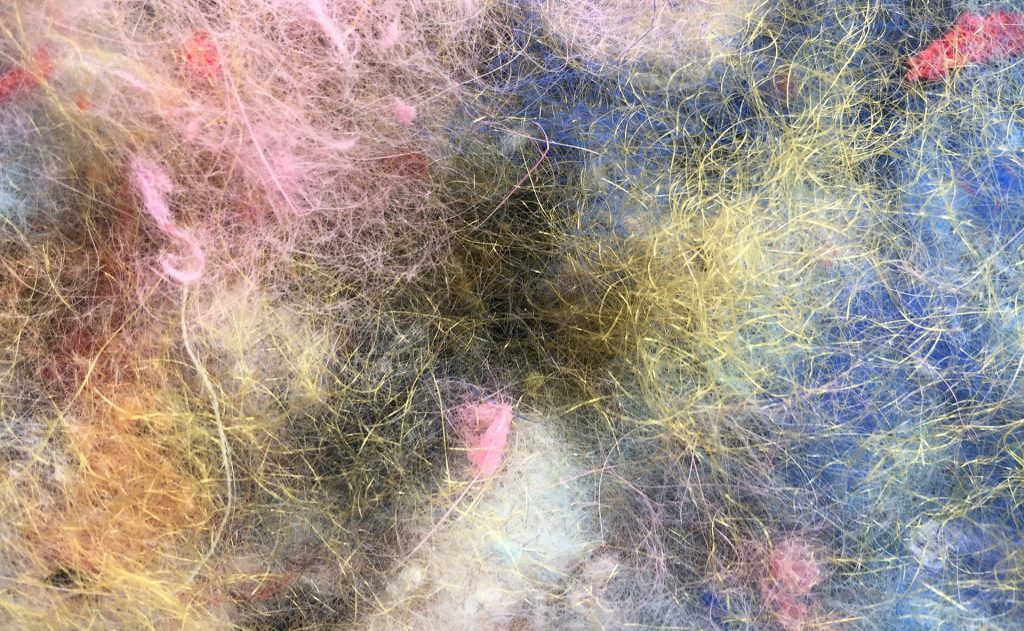
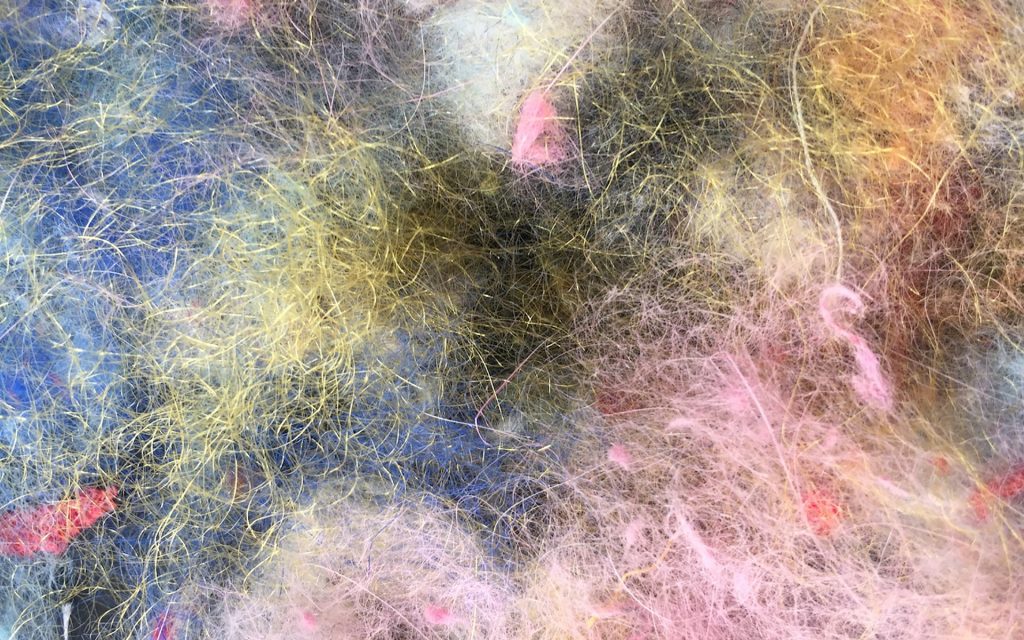
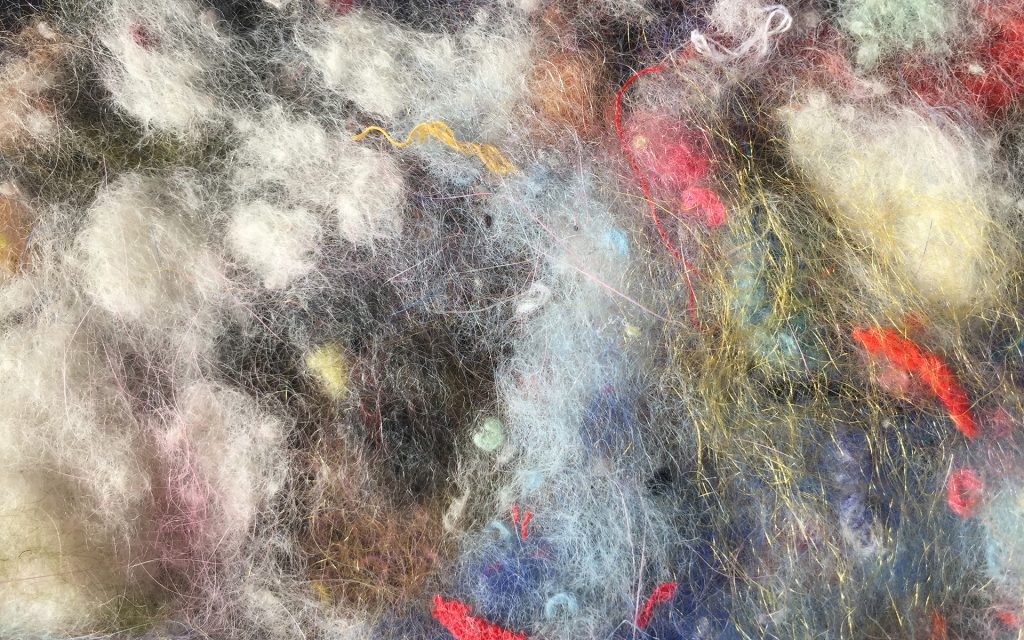
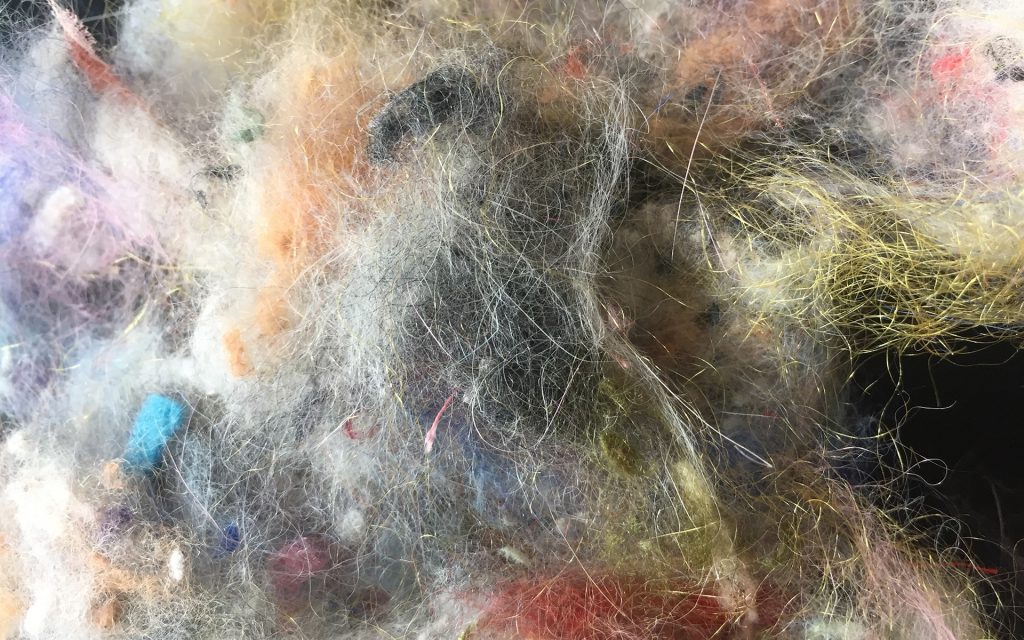
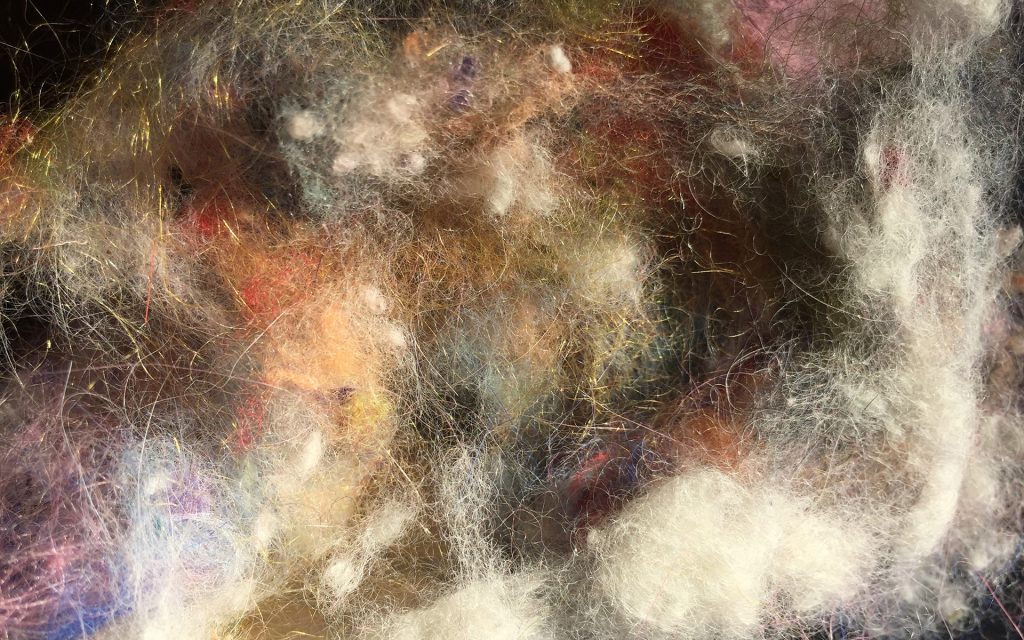
The new images of felt are created to work with the Quantum Chaos sorting algorithm.
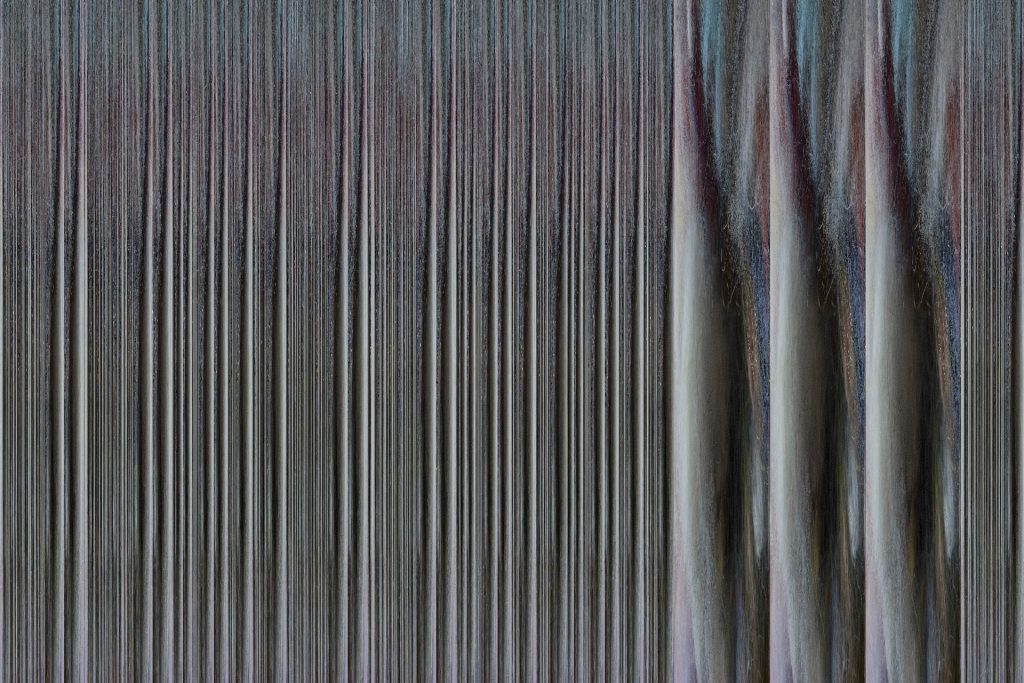
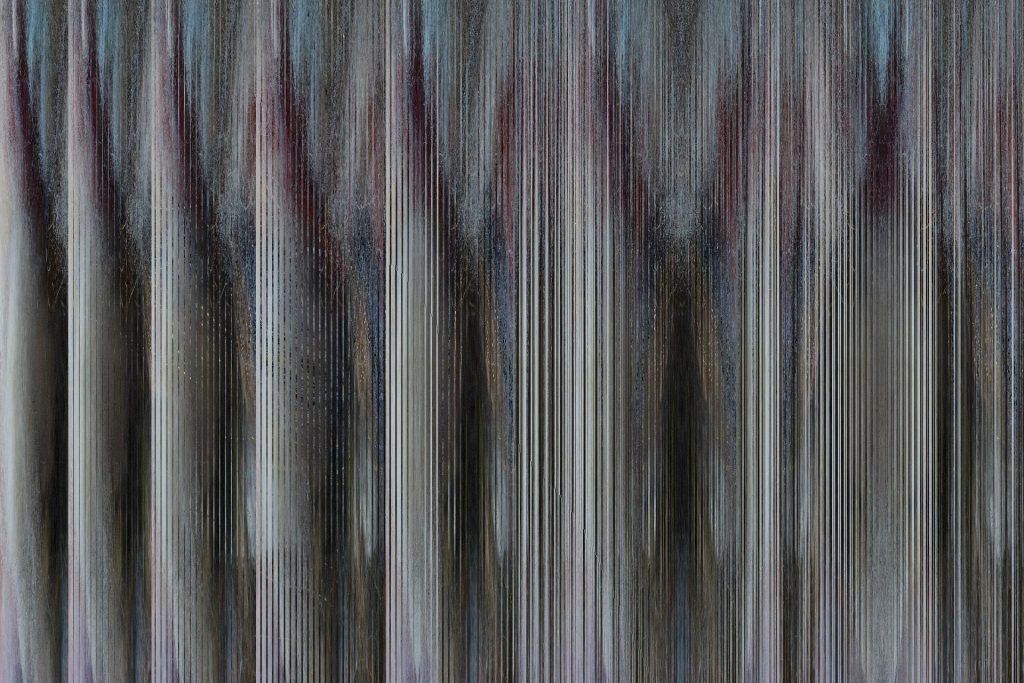


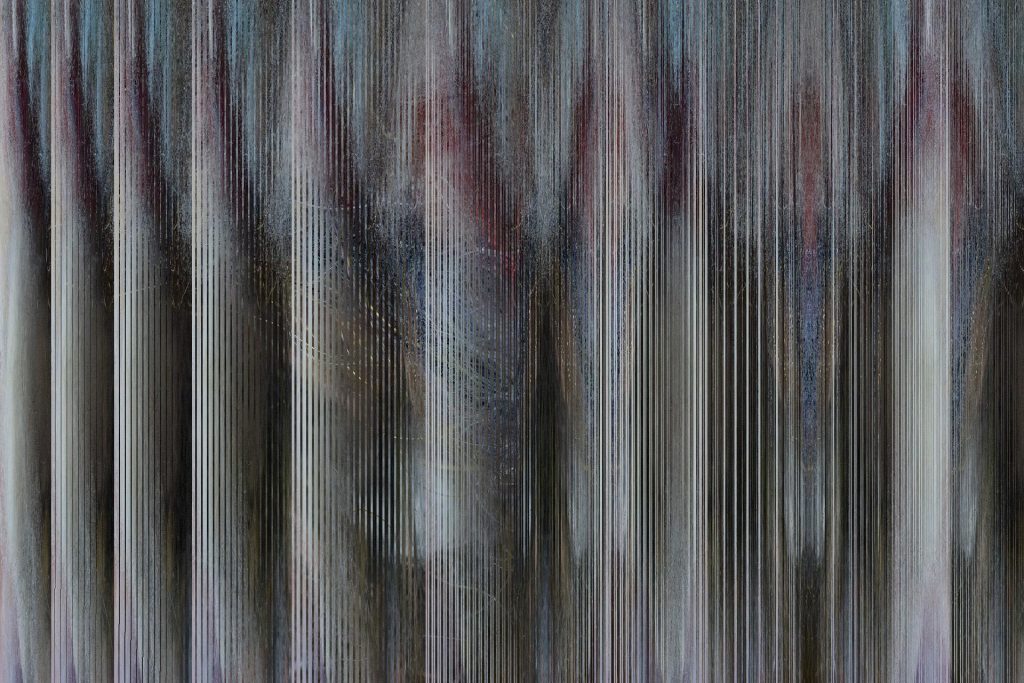
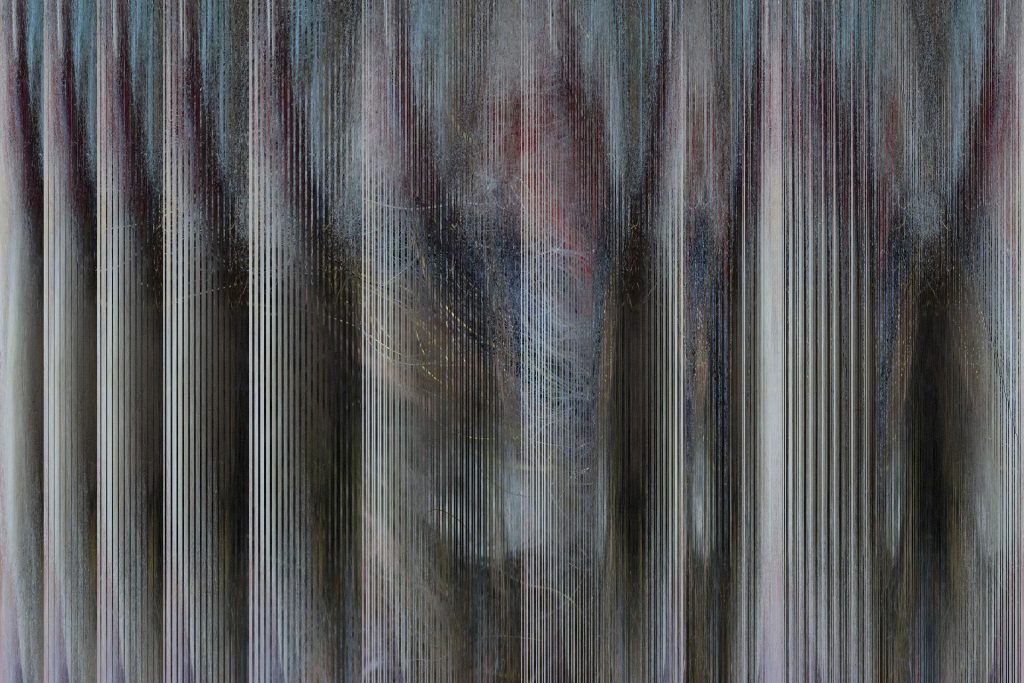
Stills from sorting algorithm remediating an image of felt, based on scientific quantum chaos Husimi data.